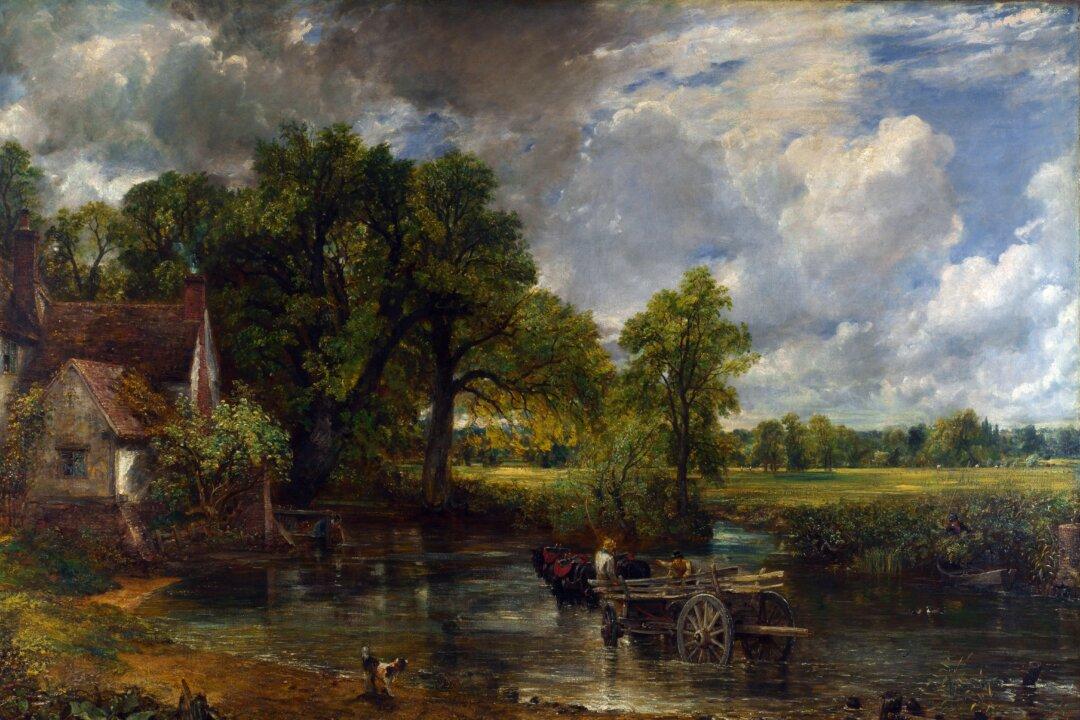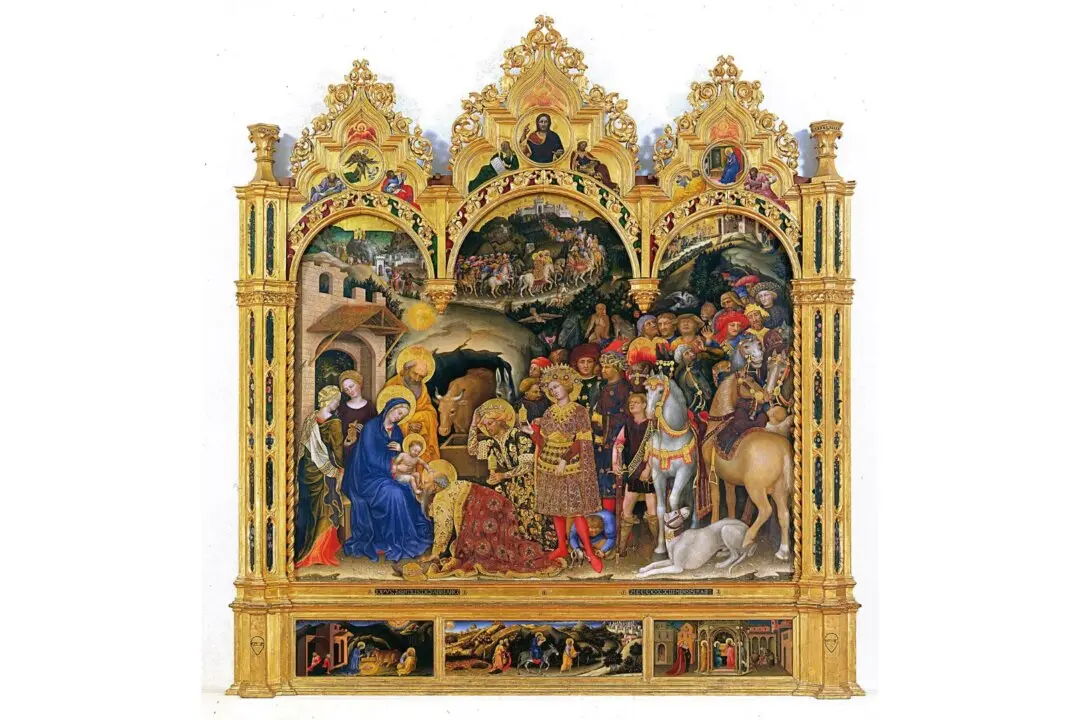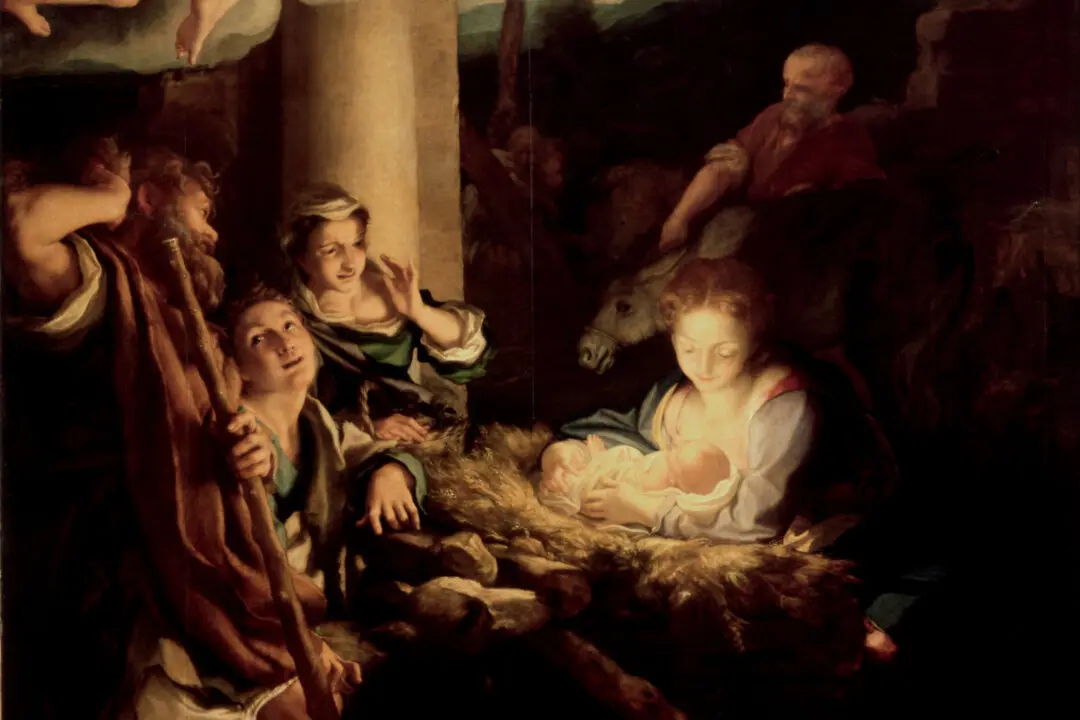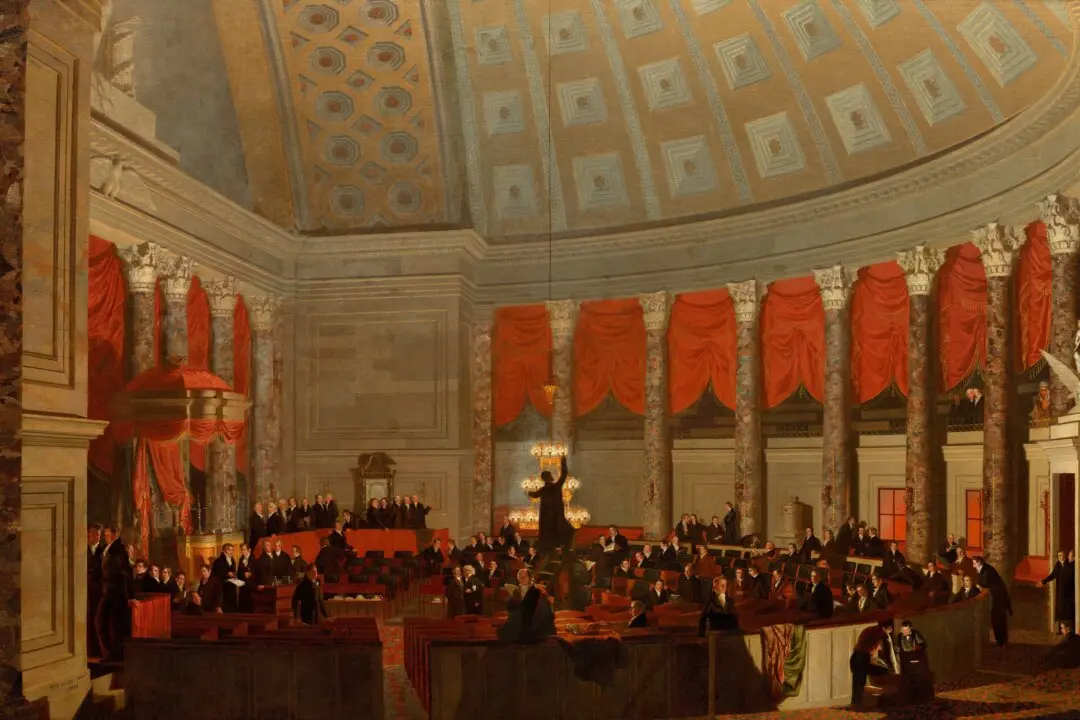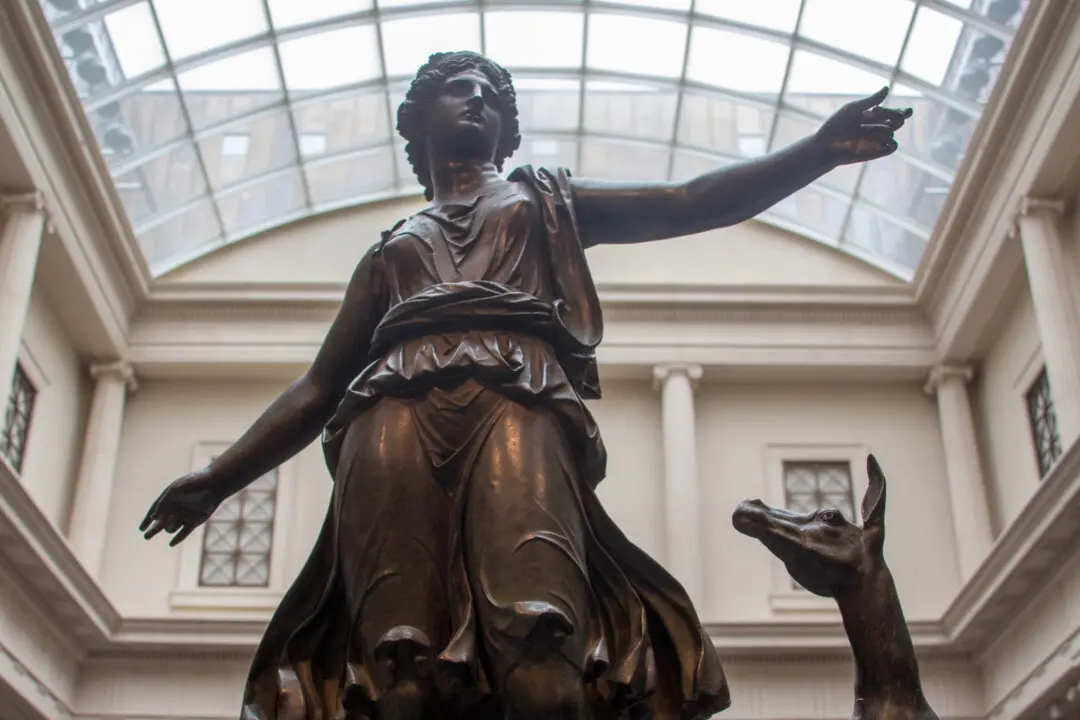The idyllic English countryside with green grass, blue skies, and picturesque cottages was indelibly captured by the artist John Constable (1776—1837). A foremost Romantic landscape painter, his carefully observed, highly detailed paintings reflect his abiding connection with nature.
He was particularly attached to the scenery of Suffolk, the county of his childhood. His most beloved painting is the National Gallery’s “The Hay Wain,” one of the masterpieces of British art.

